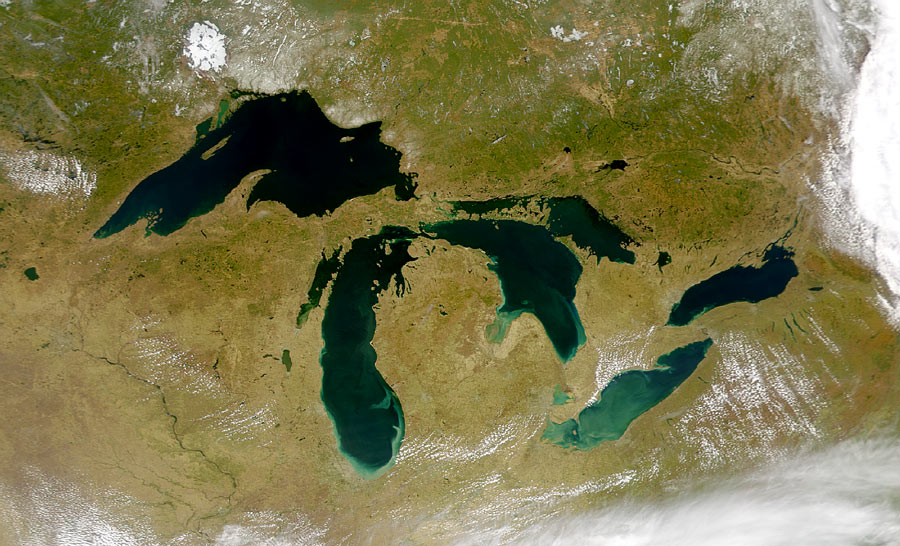Over the weekend, U.S. Environmental Protection Agency administrator Lisa P. Jackson released an action plan to guide the Obama Administration’s historic efforts to restore the Great Lakes. The action plan lays out the most urgent threats facing the Great Lakes and sets out goals, objectives and key actions over the next five years to help restore the lakes.
“We have an historic opportunity to restore and protect these waters. This action plan outlines our strategy to protect the environmental, human health, and economic interests of the millions of people who rely on the Great Lakes,” said Jackson.
U.S. President Barack Obama has committed to making Great Lakes restoration a national priority. In February 2009, Obama proposed $475 million for a Great Lakes Restoration Initiative, the most significant investment in the Great Lakes in two decades. The action plan, which covers fiscal years 2010 through 2014 and was developed by 16 federal agencies as part of the federal inter-agency task force chaired by Jackson, will help guide the administration’s efforts to implement this initiative.
The action plan directs action under five priority “focus areas” the task force has identified as vital for restoring the Great Lakes. They are:
· Protection and cleanup of the most polluted areas in the lakes: The task force will work with state and municipal partners to clean up toxic hotspots so that these critical “working waterways” are put back to work for healthy fishing and recreation.
· Combating invasive species: Invasive species pose a unique threat to the Great Lakes, and the plan outlines a number of steps to keep such species out of the lakes. For example, recognizing that Asian carp continue to be an emerging threat, we are planning to allocate additional funds under the Initiative to tackle this problem.
· Protection of high priority watersheds and reduced runoff from urban, suburban and, agricultural sources: The Great Lakes are renowned for their beaches. Initiative funding will be targeted toward, among other things, reducing pollution so they can stay open more often for people to enjoy.
· Restoration of wetlands and other habitats: The action plan includes a first-ever assessment of the entire 530,000 acre Great Lakes coastal wetland, to help the task force begin to restore troubled areas; and,
· Implementation of accountability measures, learning initiatives, outreach and strategic partnerships: The task force will work closely with the Great Lakes states, non-profits, stakeholder groups and Canada to protect and restore the lakes.
The plan also provides accountability for the administration’s efforts in each of these five priority areas by including measures of progress and benchmarks for success over the next five years.
In November, EPA released a request for proposals (RFP) to solicit applications from a diverse group of participants and partnerships to support the goals of the Great Lakes Restoration Initiative. The deadline for applications was January 29, 2010. Since then, EPA has received more than 1,000 proposals for funding to support Great Lakes restoration activities. Funding through other agencies will be announced separately.









